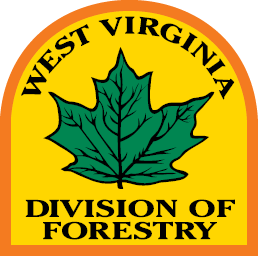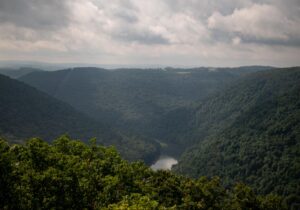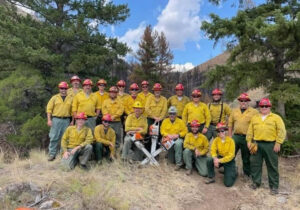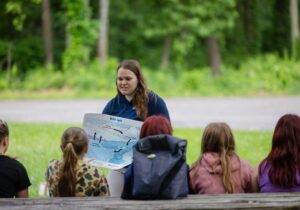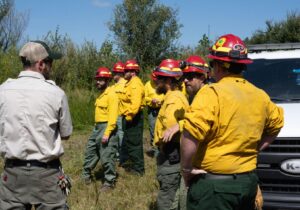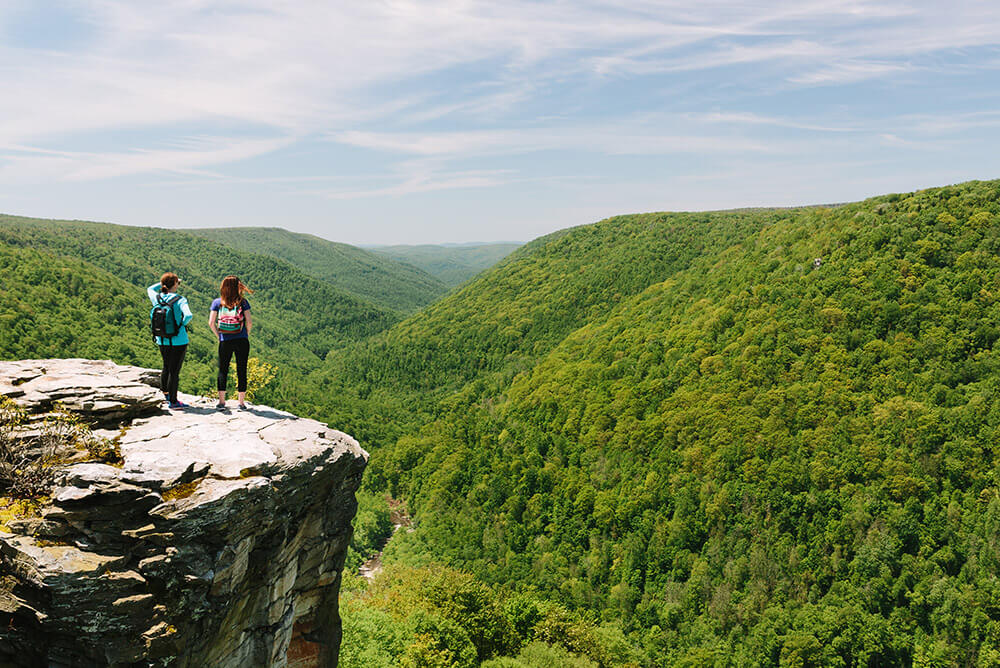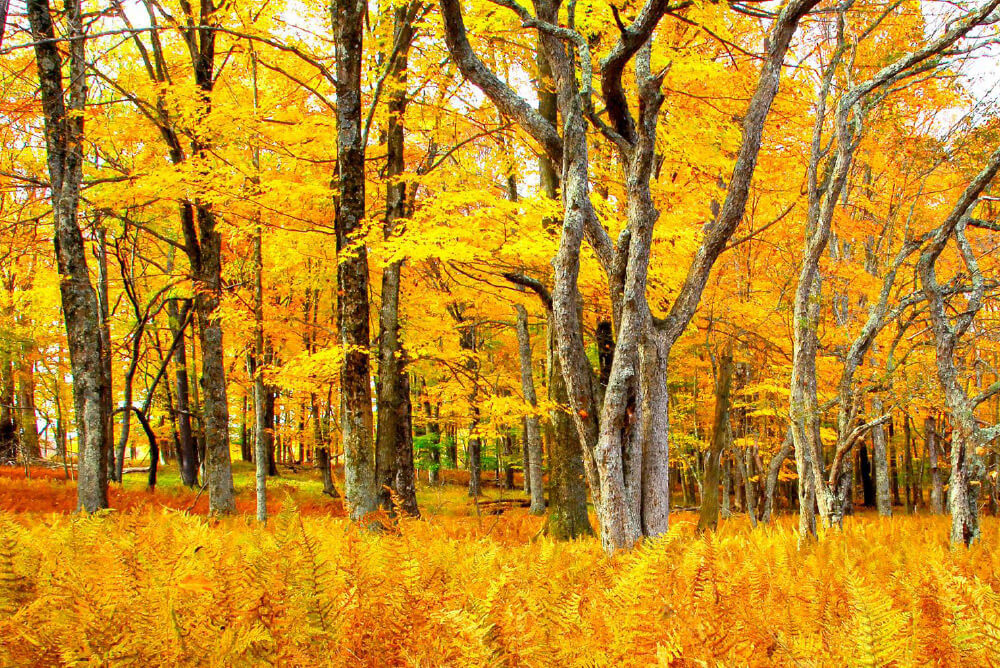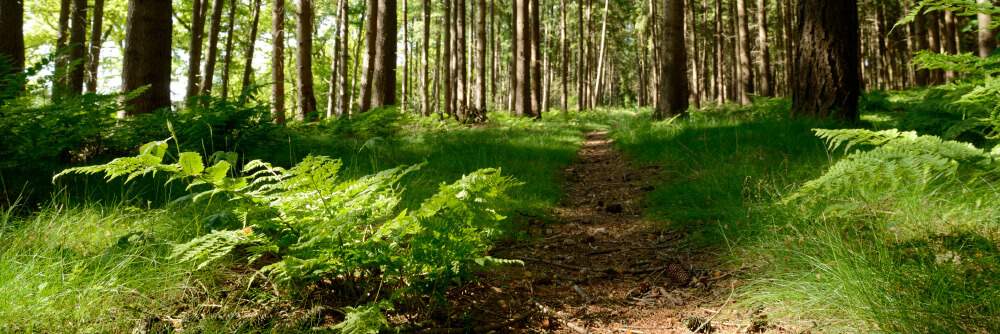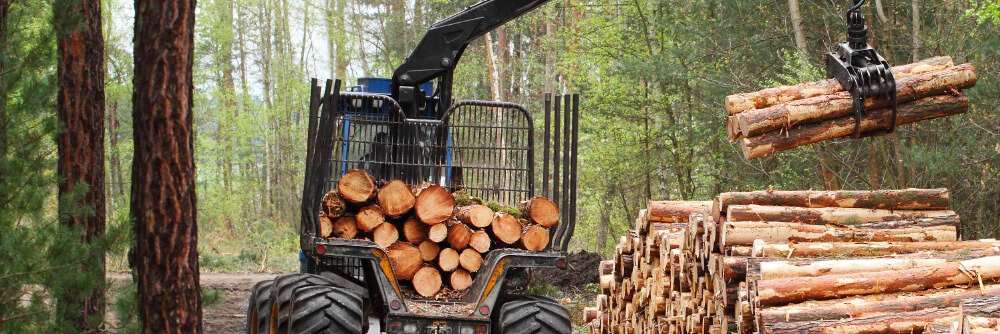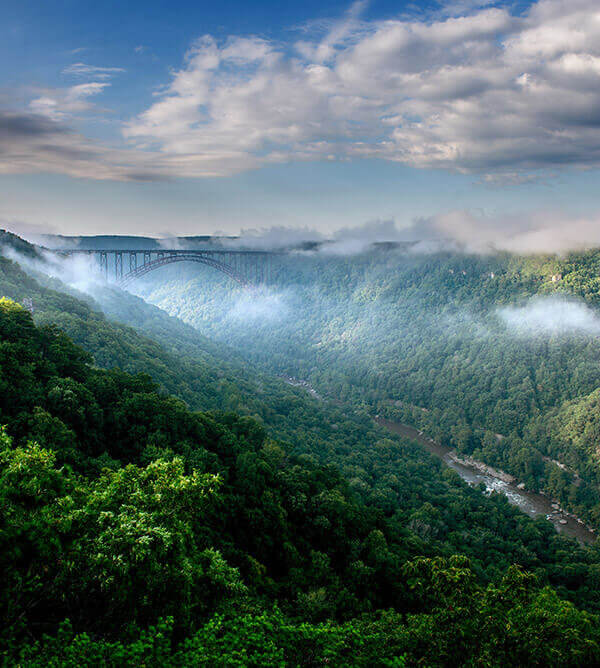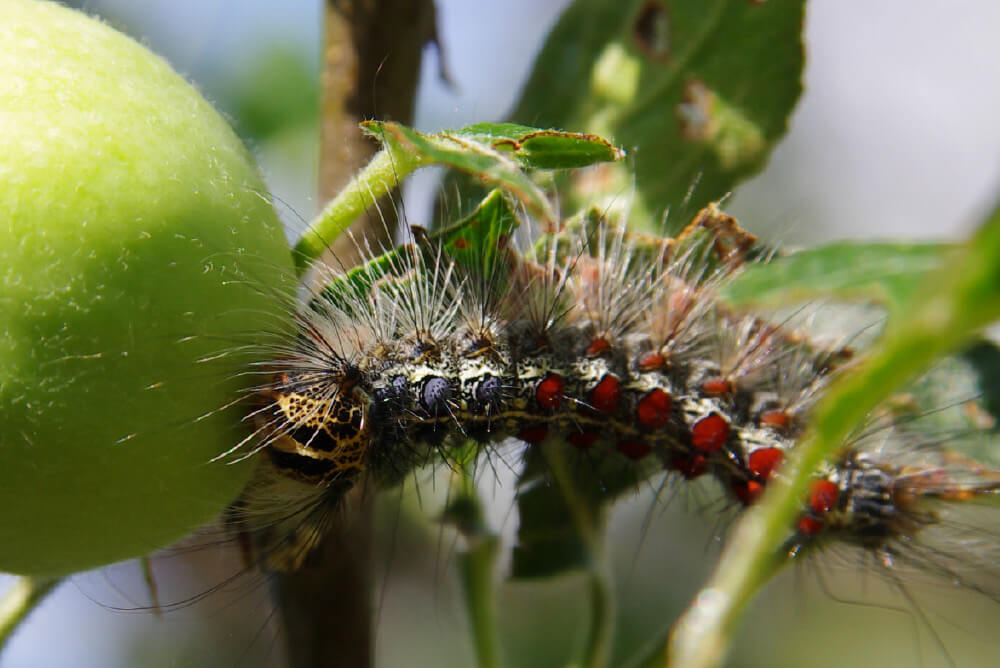The role of a forester branches into many fields
The job of a modern forester blends planning, biology, conservation, management, diplomacy and technology, as well as other areas of essential knowledge.
Over the decades, the role has evolved in scope and complexity, shaped by public attitudes toward forests and our environment as a whole.
Early in the nation’s history, national and state forestry agencies initially focused on supplying timber and suppressing wildfire. With the growing awareness of conservation, the perception of forests began to change – and with it, the role of foresters.
What does a forester do?
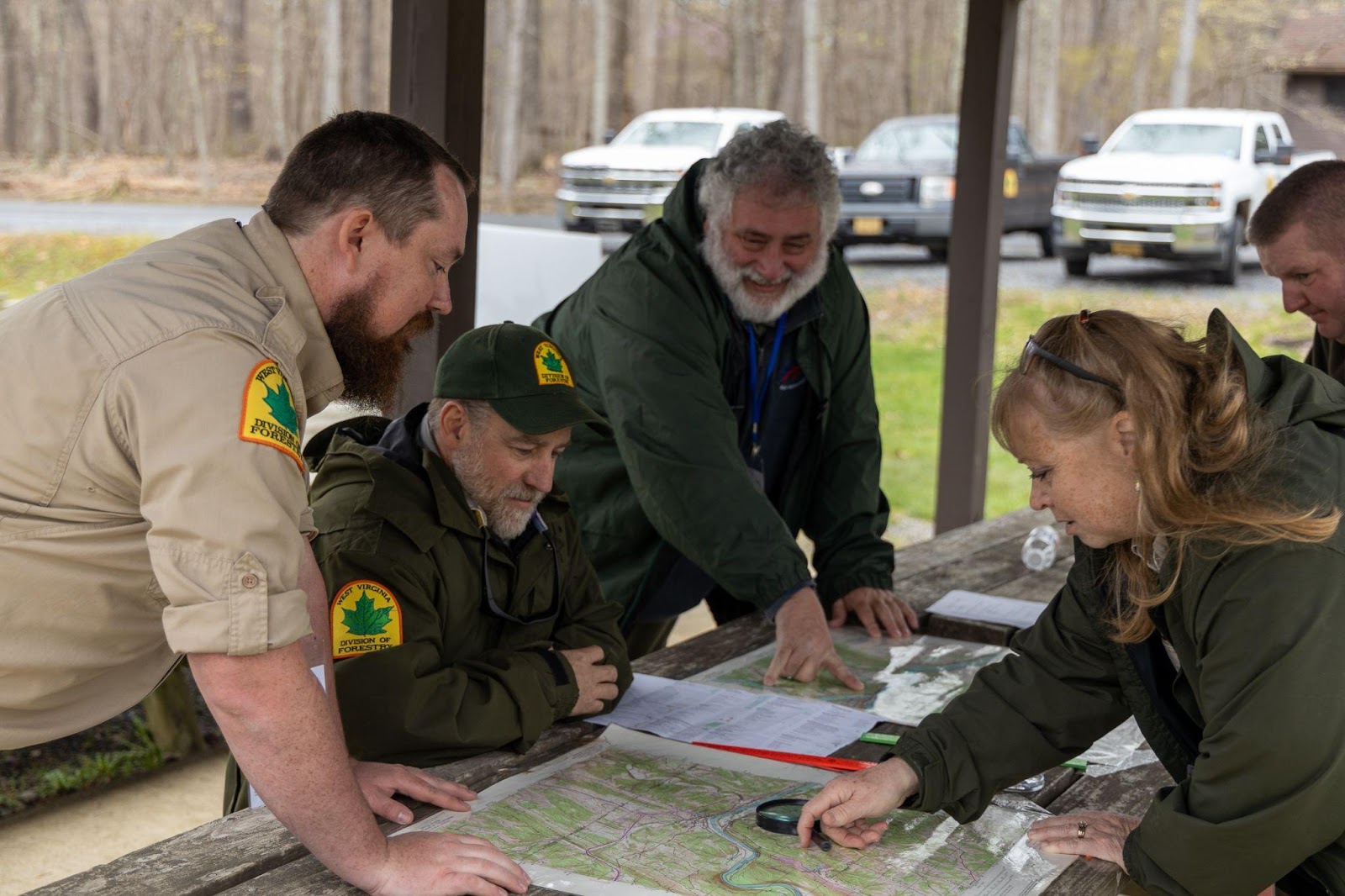
Foresters can work in commercial fields such as consulting, timber or nurseries.
Foresters with the state have several paths:
- Urban forestry: Work with cities and communities to manage and improve our urban forests.
- Service: Work with private landowners to achieve their goals for their forests, whether harvesting or improving wildlife habitat.
- Fire: Investigate, prevent, or fight wildfires.
- State forest lands: Manage and conserve forests on lands owned by the state.
Ask a forester to describe a typical workday. You’ll find “typical” does not apply, and this daily variety is one thing these foresters enjoy about their work.
“There is no ordinary day as a forester,” said Zachary Collins, state lands forester with Seneca State Forest, the oldest and at 12884 acres, the largest state forest in West Virginia. “We have to be the jack-of-all-trades. Yeah, there are normal days, but that will differ with each forester’s focus: procurement, urban, land management, et cetera.”
Collins initially worked as a consulting forester for three years, then became a utility forester, managing powerline and gas line rights-of-way. He joined the West Virginia Division of Forestry (WV DOF) in 2013.
“We also coordinate with the state Division of Natural Resources Section to improve hunting: installing wildlife plots, parking lots, hunter access,” he said. “Also, we have to keep the public in mind. It is public land and we have to consider the public’s views.”
Johnny King, a service forester based in Braxton and Webster counties, grew up in a logging community. He joined WV DOF in 2014, originally as a Logging Sediment Control Act (LSCA) forester. The LSCA is West Virginia’s set of laws governing water quality as it relates to forest activities. WV DOF is responsible for training and licensing loggers and timber operators in the state and making sure they comply with state water quality laws.
“I like to describe the day of a service forester as a professional that has to wear many different hats in a day,” said King. “The day may start with sending emails and returning phone calls, followed by a scheduled meeting with a landowner or working on a private property. This could be followed by logging inspections and industry contacts. During our wildfire seasons, we may also be out late working with the local volunteer fire departments or suppressing wildfires. All these different projects are being managed at the same time with many different groups and goals.”
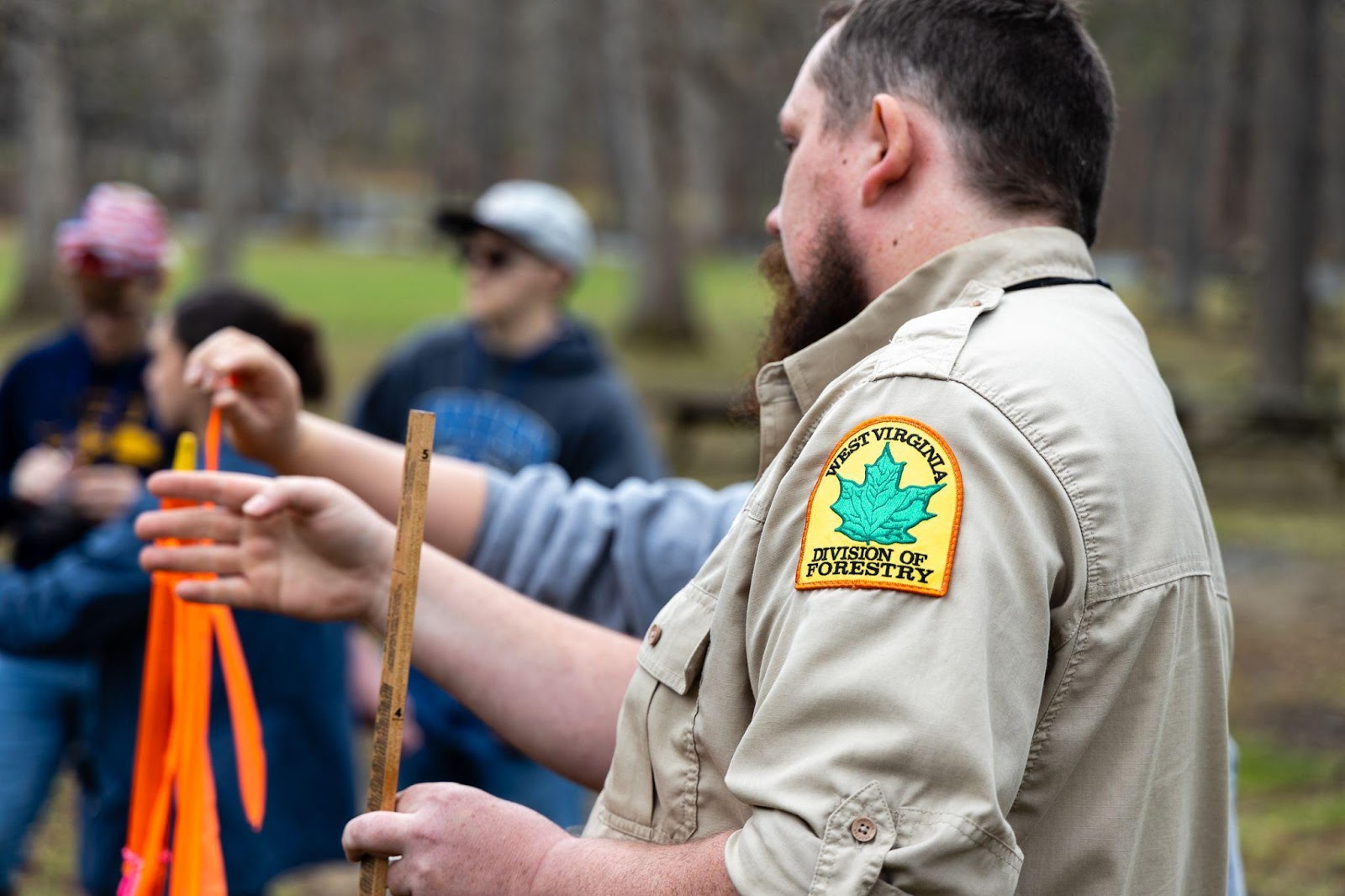
King spends part of his time training loggers. He conducts classes in tree felling and chainsaw safety for every new certified logger in the state. King also aids in Forestry’s best management practices classes in his region.
“These classes help loggers to understand their impacts on the environment, help create a safer workplace for logging families and allows individuals to know that we – the West Virginia Division of Forestry – are here to help.”
Like many foresters, King is active in school education programs. He takes part in the West Virginia State Conservation Camp and the West Virginia State Envirothon competition.
The West Virginia Conservation Agency website describes the Envirothon as “is a conservation education program and competition for students in grades 9 through 12. The West Virginia Envirothon focuses on five subject areas: aquatics, forestry, soils, wildlife, and a current environmental topic. By participating in the Envirothon program, students learn about West Virginia’s diverse ecosystem and how they can help conserve and protect it for future generations.”
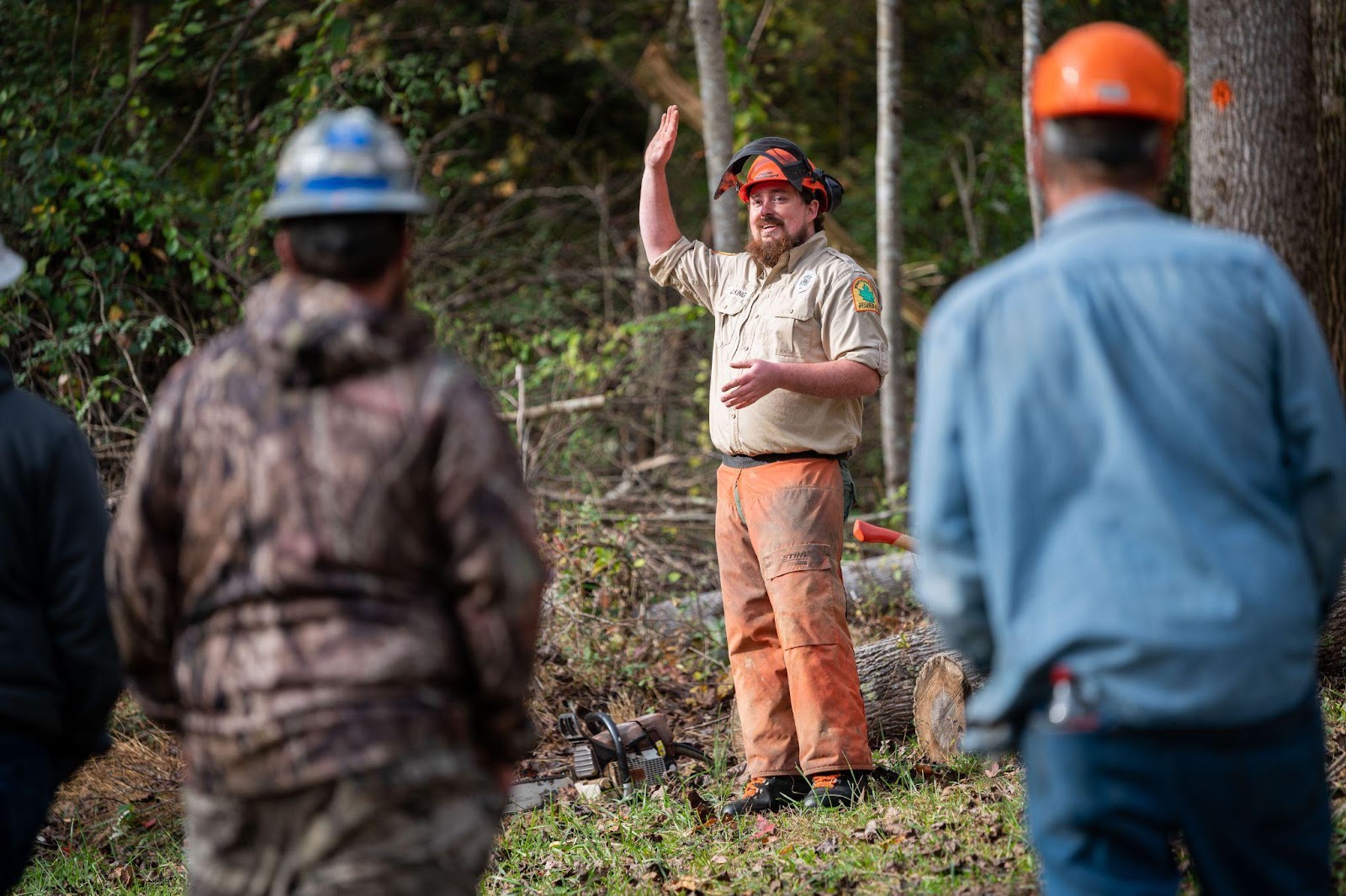
“I have been the education committee chair of the West Virginia Envirothon for the past four years,” King said. “I feel it is important for us to educate those who will be the future residents and workforce of the state. These interactions create interest in the outdoors, create individuals who will want to enjoy this great state, and create a future workforce to maintain one of West Virginia’s most important resources: forests.”
Todd Carnell served as a procurement forester for a paper mill before joining WV DOF in 1985. His work concentrates primarily in Hampshire County.
“I might start my day by stopping at the office to check messages, print off timber notifications, or return phone calls or incidental requests,” Carnell said. “After I leave the office, I usually meet landowners or do logging inspections. We assist private woodland owners. During fire seasons, we watch for illegal burning and maintain volunteer fire department contacts.”
While in college, Eric Judy saw his career diverging down several possible paths.
“I wasn’t sure what I wanted. I studied Parks and Recreation but that wasn’t for me,” he said. “I considered wildlife. Then someone told me I could have more of an impact on wildlife as a forester.”
He joined WV DOF in 2006. He is now a state lands management forester with the 9,482-acre Calvin Price State Forest in eastern Pocahontas and Greenbrier counties.
“A lot of people imagine that a forester just paints trees; you know, mark trees for timbering. Really, you spend more time in the woods being observant,” Judy said. “The first part of each month, I’m in my office, doing monthly reports. Of course, I prefer the outdoors. You have to identify insects, look for pathogens, check for health issues with trees. Foresters manage the trees for the health of the forest, wildlife habitat and any threatened species.”
Not only do the foresters’ days vary, but the forests themselves are varied.
“The ecosystem of each forest is different,” said Judy. “The tree species may vary. Kumbrabow State Forest in Randolph County has acres of red spruce. In Calvin Price and Seneca State Forest in neighboring Pocahontas County, we have a couple of red spruce trees. Not a couple of acres; just a few red spruce trees.”
Foresters tackle projects to protect forest health
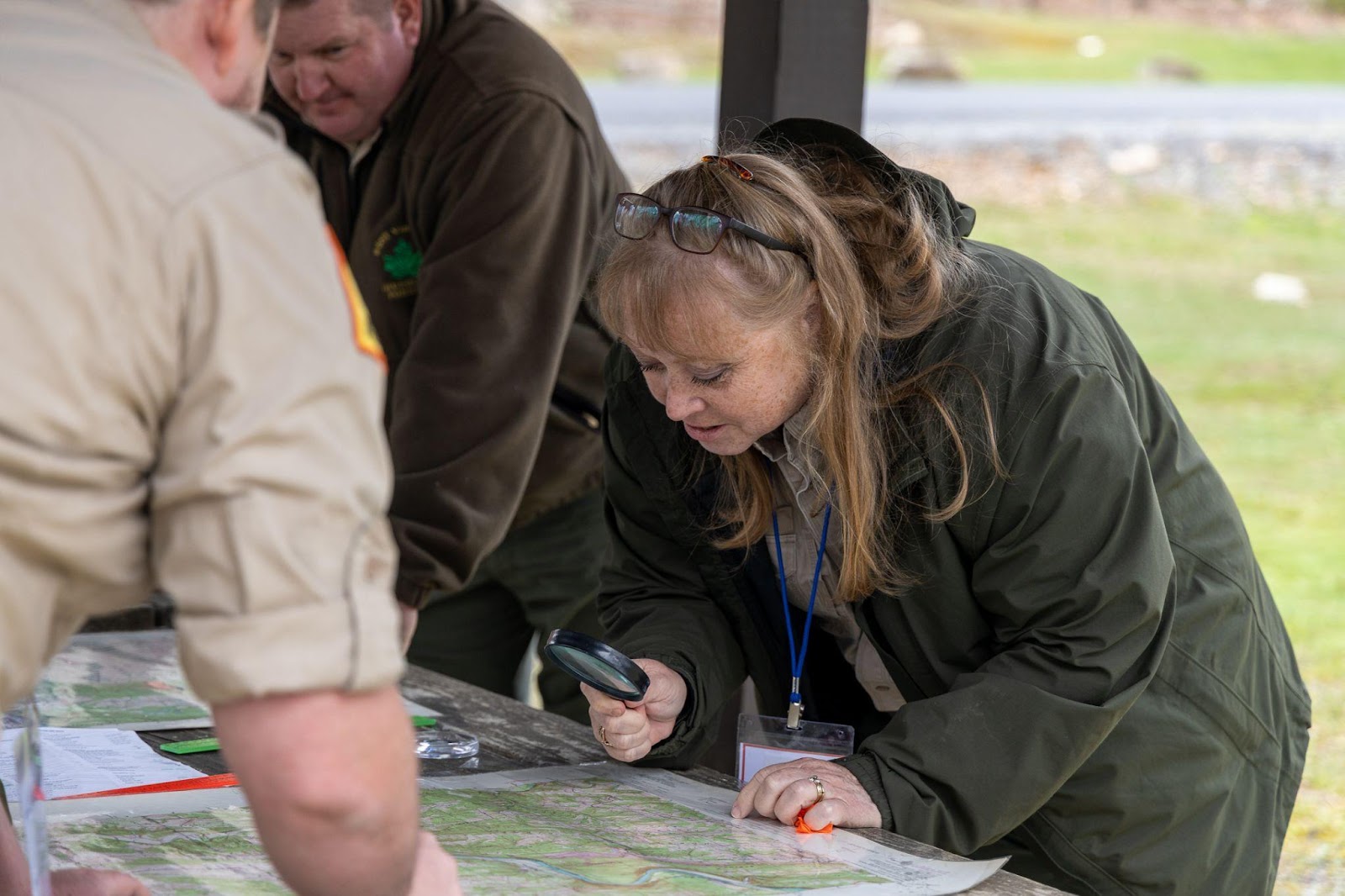
Taking care of a forest these days often takes a bit of planning and proactive hard work from foresters and landowners.
“One common project conducted by service foresters are stewardship plans,” said King. “A stewardship plan is a 10-year document that aids a landowner in reaching their forest management objectives in a sustainable way.”
Developing a stewardship plan requires that the forester spend time with the landowner or learn what the landowner values about the land, and what are his or her goals. The forester conducts field reconnaissance to gather specific information about the property and its resources. The forester then develops a 10-year plan of things to do or refrain from doing to aid the landowner in reaching those goals.
“These plans provide an opportunity for our foresters to work with the public in creating a healthy forest for our state,” King said.
For Forester Carnell, one of his challenging projects is forest regeneration. Regeneration is a basic component of sustainable forestry. The process depends on seedlings and saplings to renew tree cover. Ordinarily a healthy forest can reseed itself, but on abandoned agricultural lands or other landscapes in which natural seed sources are missing, the seedlings and saplings must be planted.
“There are too many deer eating all the sprouts and seedlings. This is compounded by the abundance and rapid spread of invasive species,” Carnell said. “At least 70 acres must be cut to encourage enough regeneration on a large enough area that the deer can’t eat it all. Smaller tracts have to be fenced, which is expensive and not practical. Caging stump sprouts can be effective if the landowner is willing to do that.”
Eliminating selected tress can be a grueling project. The striped maple —described as a small tree or large shrub — is native to the U.S., but in certain settings is considered invasive. These short trees grow in the shade and can form dense understories that shade out seedlings of other regeneration species such as red oak, white oak or yellow poplar. Research shows that the dense understory can cause species diversity to decline.
“One of our important but not-fun projects in Seneca has been the hack-and-squirt of striped maple,” said Collins. “The striped maple shades out desired tree species.”
“Hack and squirt” is a recognized forest management method that refers to hacking cuts into the target tree trunk to “cup” the herbicide that is squirted into the cut.
“I enjoy creating wildlife plots,” said Calvin Price Forester Judy. “Sometimes we have a forest management prescription – a planned treatment of a forest site to change the current stand structure or condition. I identify a few acres for harvest and the area is graded smooth. Depending on the goals, we replant with clover, winter wheat or butterfly mix. It provides an alternative food source for wildlife.”
What does it take to be a forester?
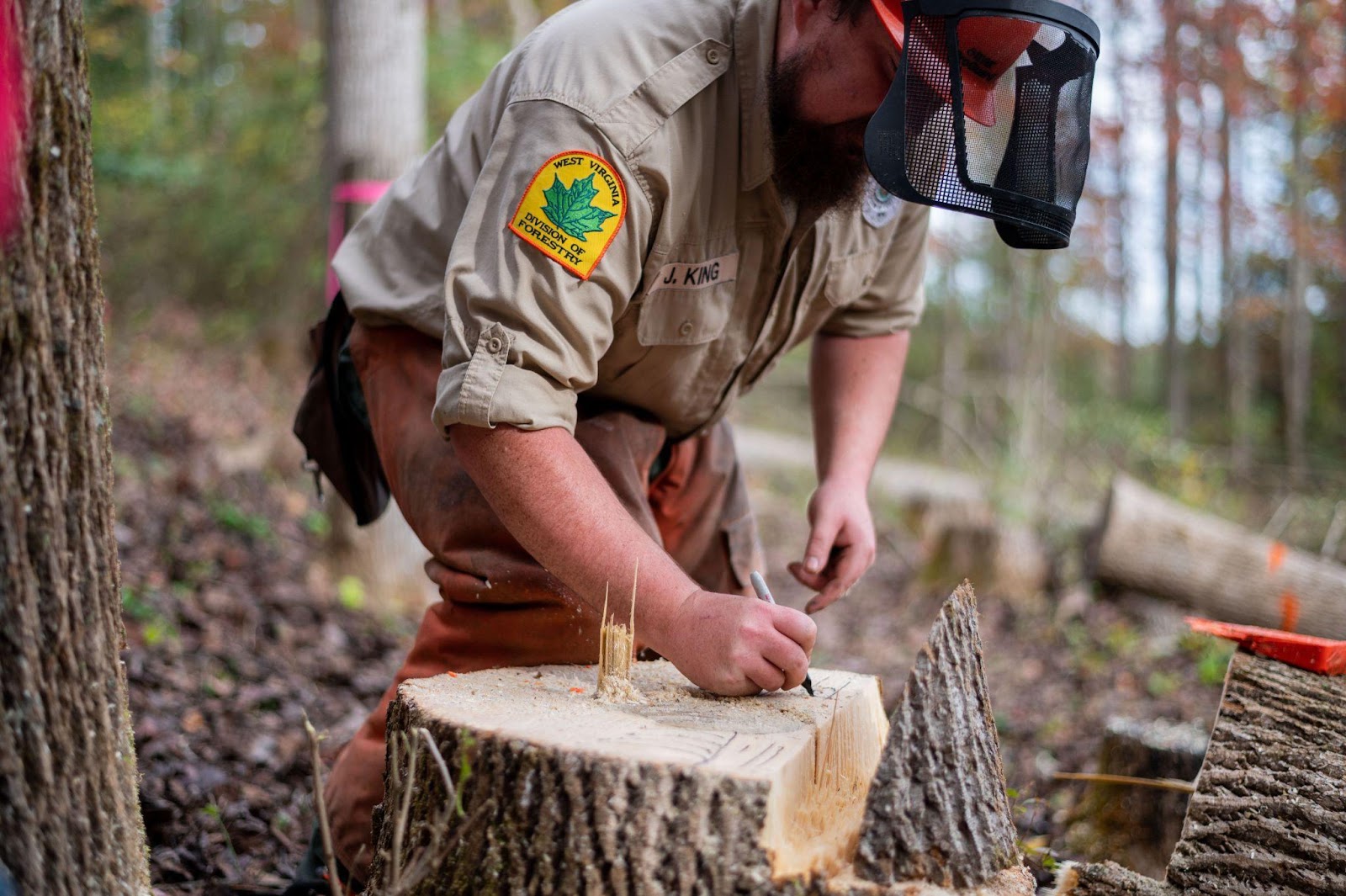
A career in managing the complexities of a living forest requires specialized education and skills.
To be a professional forester requires a four-year bachelor’s degree. The program must be accredited by the Society of American Foresters.
To be a technical forester requires a two-year associate degree. A tech forester typically works under the supervision of a professional forester. The tech provides technical assistance in planning, carrying out and evaluating forestry activities such as timber sales or conservation.
King has found that the public is often surprised by the vast number of subjects would-be foresters must study.
“Forest economics, forest measurements, computer mapping, fire suppression, timber harvesting, wildlife management, public speaking and many other subjects are just a taste of what may go into managing a single forest,” he said.
King cited dendrology – tree identification – as one of the essential subjects for a forester.
“Without a forester’s unique understanding of the differences amongst our diverse tree species, proper management would be impossible,” he said. “The specific tree species in a stand can affect how we suppress wildfires, manage for timber growth or market for harvest.”
A forester should have certain skills, said Carnell. Those include:
- Applying math and analytical skills to such diverse areas as tree measurements, mapping and road building
- Critical thinking and reading comprehension
- Strong communication such as writing a report or speaking in public
- Using scientific rules and methods to solve problems.
- Using the tools to do the job, such as a compass, clinometer (measures the angle or elevation of slopes), and Biltmore stick (measures tree trunk diameter at breast height)
- Computer skills and technology are more prevalent
Where would our forests be without foresters?
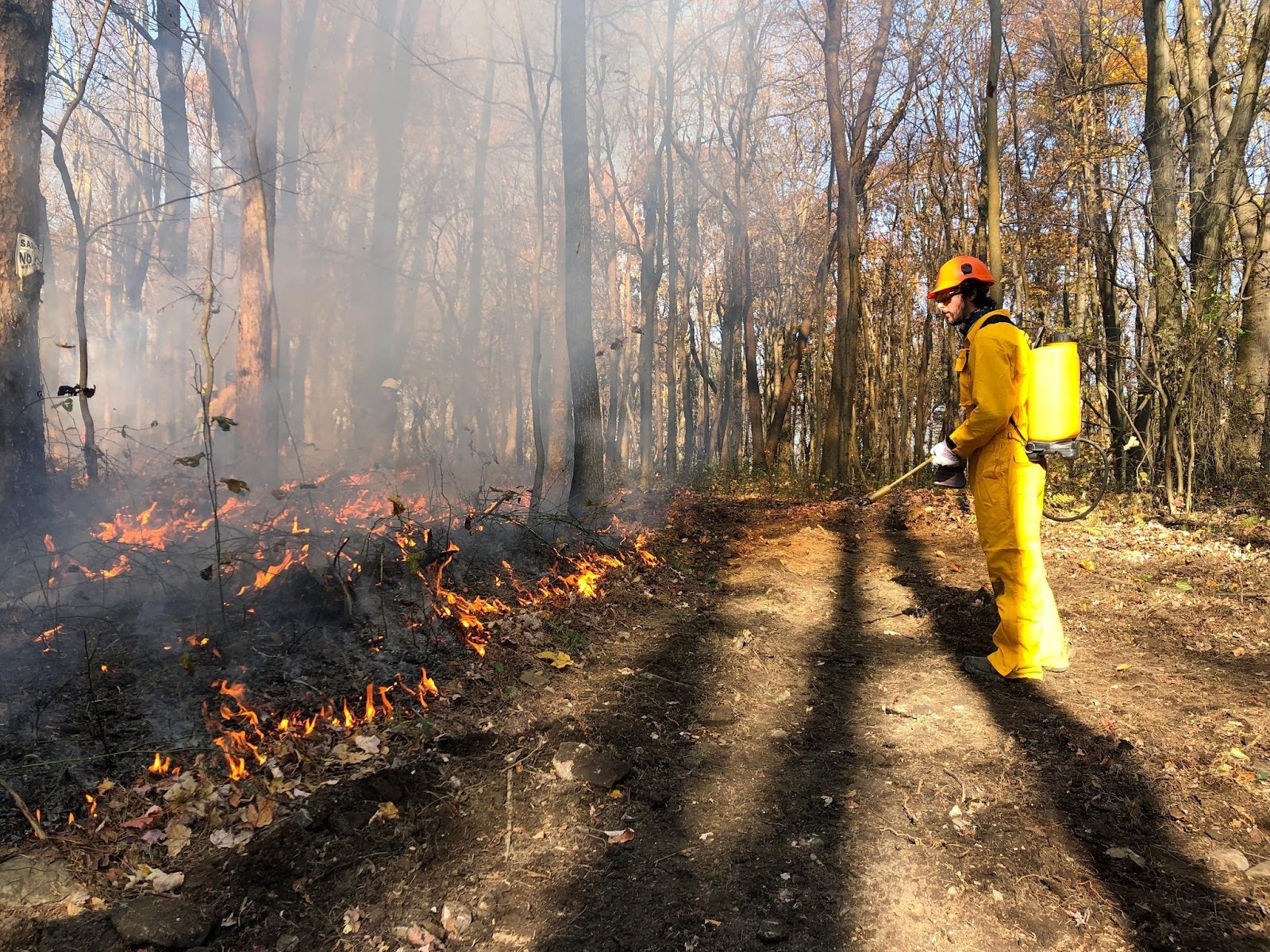
The foresters generally agreed that forests have been around for a long time before the introduction of foresters and in almost certainly would continue to exist without them – but in all likelihood in less healthy condition.
Forests today fight for survival against growing challenges such as climate change, fragmentation and invasive species. Fragmentation means large acres of forestland are broken into smaller tracts, often with some of the land converted to other purposes such as development. Fragmentation has a negative effect on biodiversity and quality of wildlife habitat.
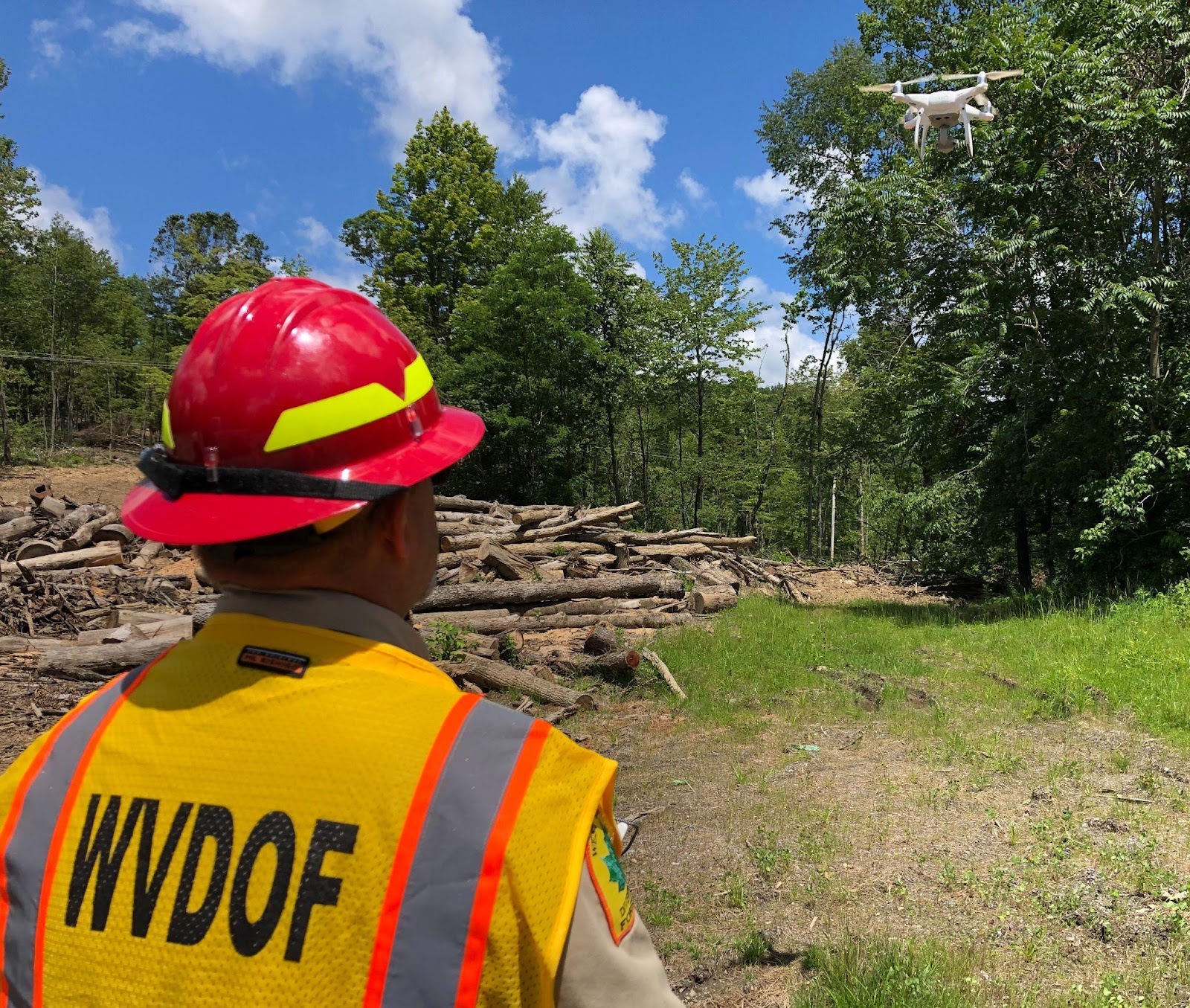
“The old farms with hundreds of acres were good for sustaining the biodiversity of wildlife, trees and other plants,” said Judy. “Now the farms are being subdivided into small plots. And nobody is making more land.”
At the same time, forests are under attack from multiplying armies of invasive plants, insects and pathogens – threats that did not previously exist in the forest’s environment and against which many trees have no natural defenses.
“The American chestnut used to be the dominant tree in West Virginia and in the whole eastern U.S.,” said Judy. “The trees were an important source of food for people and animals. The wood was valuable for building lumber. Now the trees have been nearly wiped out because of an invasive blight fungus.”
“Forests have been around for centuries and hopefully will continue to thrive far beyond our lifetime,” King said. “It is our responsibility to respond to those issues that threaten our forests while we are still here. It is important for the public to understand that forests are a renewable resource but – if unprotected — can be finite.”
